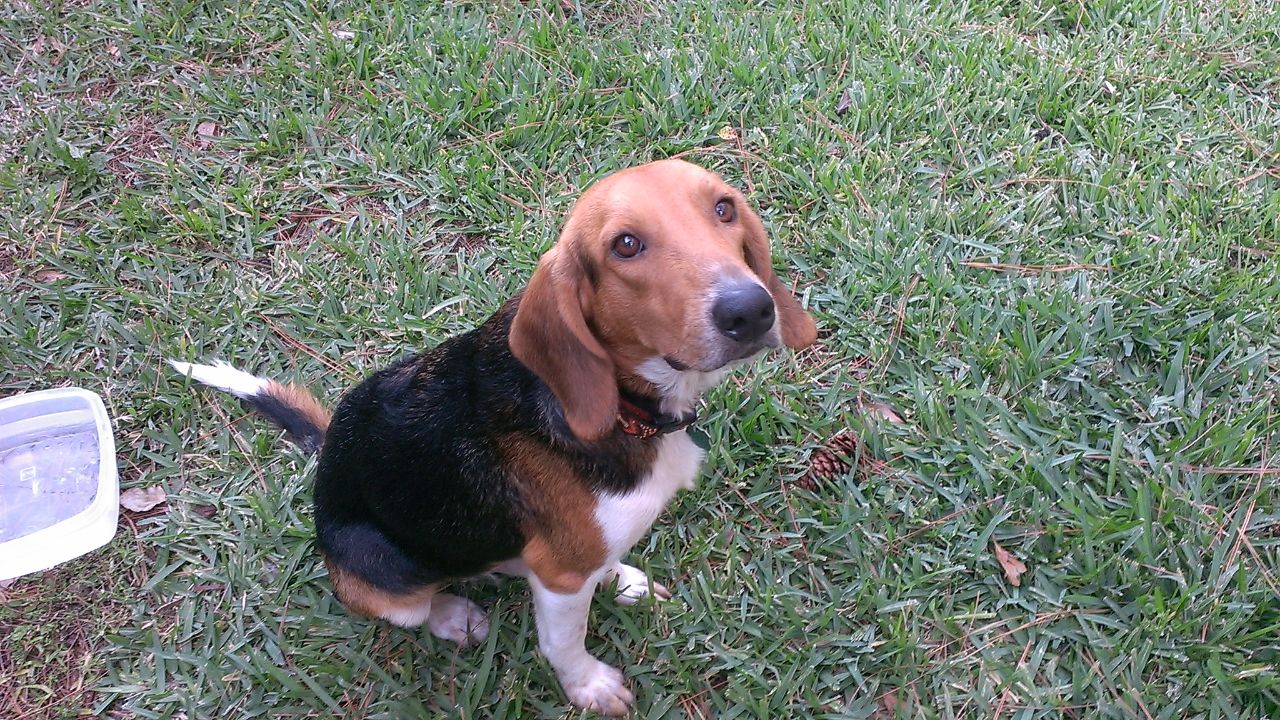2024, lately
It’s funny to end up in June and realize how quickly the year has slipped by. But I’ve been keeping pretty busy, especially over the last few months.
Founder, Musing Studio / Write.as.
It’s funny to end up in June and realize how quickly the year has slipped by. But I’ve been keeping pretty busy, especially over the last few months.
Last month I went to Brussels for FOSDEM, for the first time since 2020. While I didn’t go to many talks, I was able to connect with many people there, from WriteFreely users to old friends to many new people I met along the way.
It was late 2013 when I drove past a little dog head with big floppy ears attached poking out of the long grass in the backwoods of Florida. My girlfriend at the time said we had to go back and get him, so we did.
He was timid at first but friendly, and came right up to us when we approached. We took him home and fed him. I was reading a lot of Salinger then, so I named him Holden.

After taking a bit of a sabbatical in 2022, I’m back into Write.as and WriteFreely development. My views on the product naturally change over time, so I want to share where I’m at now.
Took an 18-hour train ride home from Jacksonville, FL to New York after some time in the snow out west and a friend's wedding down south.

It's been a while since I've written. Seems like the end of this year quickly fell away from me and now it's almost 2023. So what's been going on? (A microblog that turned into a macropost.)
After many, many long years of searching, it finally found me: a relevant social media advertisement. It was for the Tidbyt, a gorgeous retro display encased in wood that, among many other things, can show arrival times for the NYC subway.
In discussing the network topology of social networks — whether centralized like Facebook or federated like ActivityPub — I think the ultimate goal is for users to never actually encounter the underlying architecture.
To remain human-centric, ideally services wouldn’t bend social interactions to fit a chosen technical design. Instead, you would just publish to the network you choose, freely pick your persona for each place (how you present yourself), and keep control of your content (i.e. you still have it if a network goes offline, and you can move it from place to place). For bonus points, you could also build dynamic new social interactions on the network.
This idea isn’t revolutionary; we’ve seen most of these things in one form or another. But have we ever had it all in one place?
After moving everything into my Brooklyn apartment, I’m still between settling in and feeling like I’m only visiting. Some new routines have formed, others are developing; I’ve found an instant comfort — in the voices of strangers on the street, in the barren trees, in the sound of the train going by. Parts of me are fully here and present, others are still elsewhere, presumably making their way up the east coast.
Today I’m thinking about online misinformation. Sure, at some point, you might try to address it systemically — through “fact checking” on platforms and maybe even regulation. But I think these are only superficial fixes that don't address root causes.